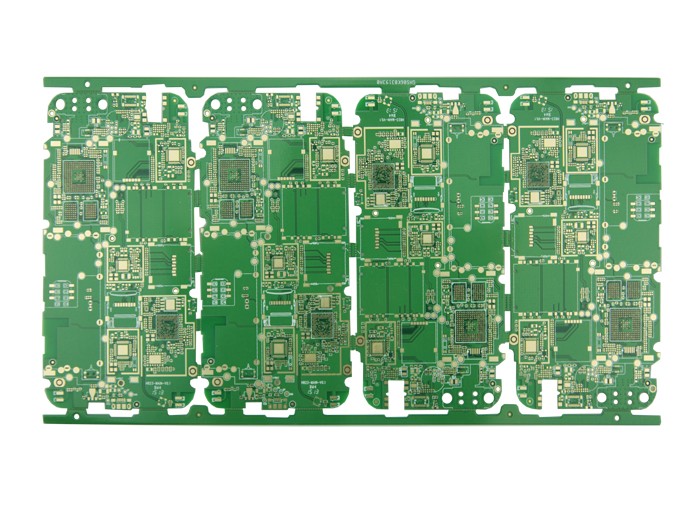Process analysis of PCB board manufacturing

(1) Use Laser photo plotters for drawing film to make wiring film, solder mask film, printing film and other necessary films in the manufacturing process.
During the film pasting process, there will be some errors, especially for special plate making, the error will be larger. Therefore, the influence of these errors should be fully considered in the PCB board manufacturing design, and a suitable design should be made.
(2) Cutting of plates
The size of the board made of PCB board at the factory is usually 1m*1m or 1m*1.2m. According to the needs of production, cut into different sizes of work pieces (work), choose the established work piece size according to the size of the PCB board designed by yourself, to avoid waste and increase unnecessary costs.
(3) Formation of inner circuit
Next, the circuit wiring of the inner layer is formed. Paste a photosensitive dry film (dry film) on the double-sided copper plate as the inner layer, and then stick the film used to make the inner layer wiring, expose it, and then perform the development process, leaving only the wiring Where needed. This project must be carried out on both sides, through the etching ((Etching)) device, remove the unnecessary copper foil.
(4) Oxidation treatment (blackening treatment)
Before being combined with the outer layer, the copper foil must be oxidized to form a fine uneven surface. This is to increase the contact area between the insulating and adhesive prepreg and the inner layer to make the adhesion better. Nowadays, in order to reduce environmental pollution, alternatives to oxidation treatment have been developed, and today's PCB board itself has good contact.
(5) Laminating treatment
After the oxidation treatment of the inner layer circuit, spread the semi-curing agent, and then paste the outer layer copper plate. In a vacuum state, it is heated and compressed by a laminator. The semi-curing agent plays the role of adhesion and insulation. After lamination, the appearance of the double-sided copper board looks the same, and the subsequent engineering is the same as that of the double-sided copper board.
(6) Opening
The CNC machine tool performs hole-opening operations.
(7) Remove residue
The heat generated during the opening of the hole will cause the filling to melt and adhere to the inner wall of the electroplated hole, which can be removed by chemicals to make the inner wall smooth and increase the reliability of copper plating.
(8) Copper plating
The inner and outer layer connections need to be processed by copper plating. First, electroless plating is used to form the minimum thickness that can flow current. Secondly, in order to achieve the plating thickness required by the design, electrolytic plating is performed. Because the outer copper foil is also coated with copper, the thickness of the outer trace is the thickness of the copper foil plus the thickness of the electroplating.
(9) Formation of outer circuit
As when forming the inner circuit, paste the photosensitive dry film, and then close the wiring film on the surface, and expose. After the exposure, only the places needed for wiring are left, and both sides are processed. Then, pass Etching treatment, remove unnecessary copper foil.
(10) Making solder mask
In order to form the pad, a solder mask (insulating layer) forming process is required, and it is also for protecting the copper foil and better insulation. The method can be by directly pasting the film, or first coating the resin and then pasting the film, and removing unnecessary areas through exposure and development.
(11) Surface treatment
In order to prevent oxidation of exposed copper parts without solder mask, lead-free or lead-free copper plating, electrolytic or non-electrolytic gold plating, or water-soluble chemical cleaning agents are required for surface treatment.
(12) Printing and printing
Usually the printing is white and the solder mask is green. For the LED light PCB board, in order to achieve a better effect of strengthening the light source, the printing is black and the solder mask is white. Or simply dispense with printing.
Printing can play a great auxiliary meaning for installing and checking the number of electronic components. But in order to keep the circuit confidential, sometimes the printing is sacrificed.
(13) Shape processing
Process the shape of the PCB board through a CNC punching machine or die
(14) Electrical testing engineering
Detect the open circuit and short circuit of the PCB board through special electrical testing equipment
(15) Shipment
After checking the appearance and quantity of the PCB board, it can be shipped. Usually, it is packaged with deoxidized materials or directly taken to the factory where the components are installed.